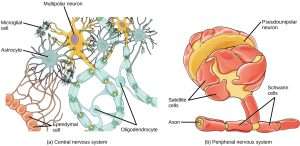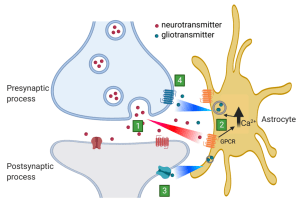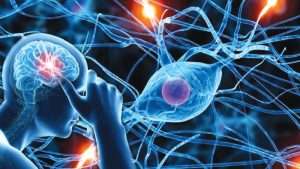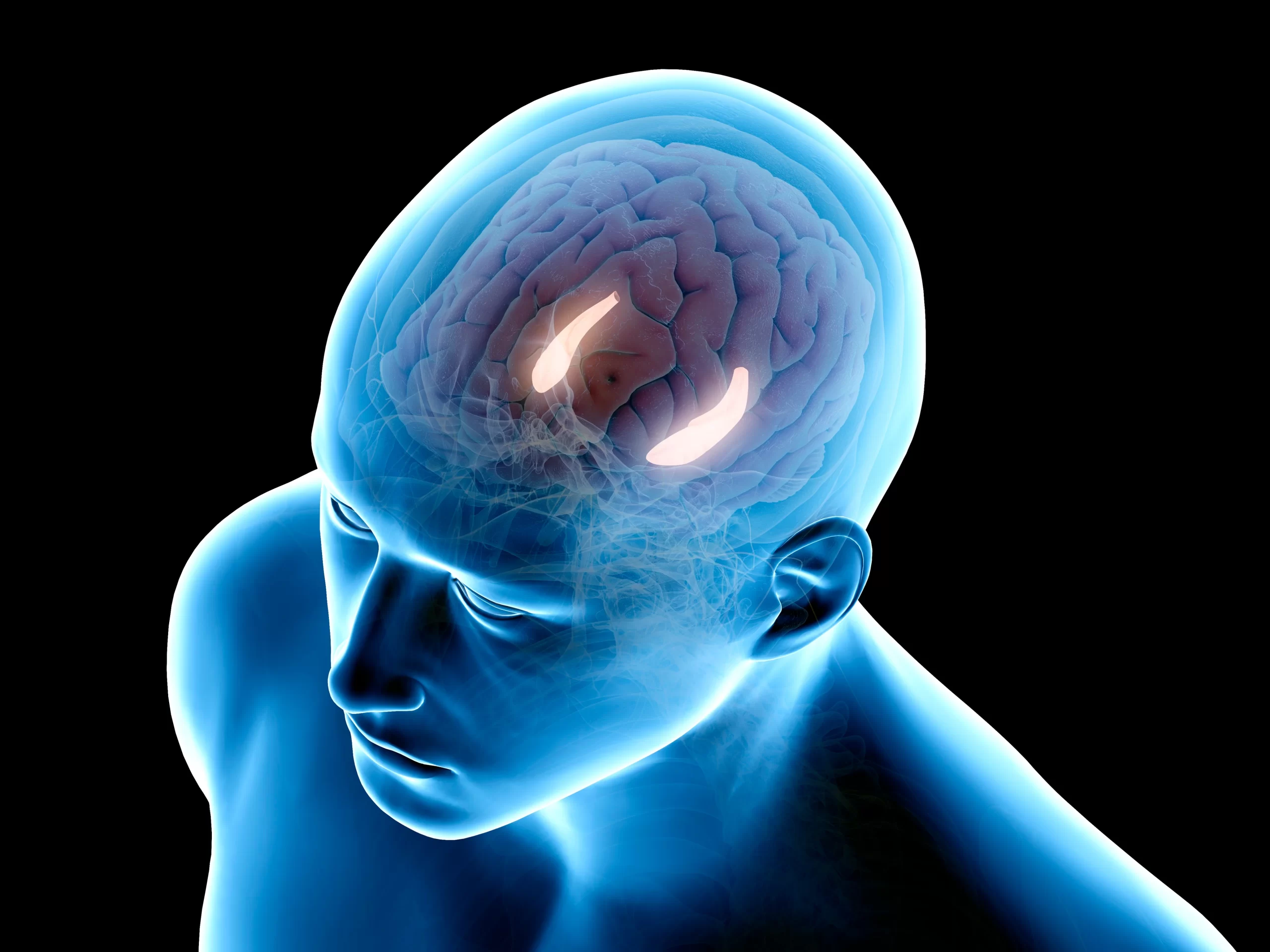The New Brain Cell That’s Rocking Neuroscience
In the realm of neuroscience, where the understanding of the intricate workings of the human brain has long been attributed to the dynamic interplay of neurons and glial cells, a groundbreaking revelation has emerged. A hidden enigma, a “hybrid cell,” has emerged as the prodigy challenging the established norms. This discovery has the potential to send ripples through the scientific community, revolutionizing the way we approach neurodegenerative diseases, including the formidable adversary known as Alzheimer’s disease.
The Brain’s Silent Partner: Neurons and Glial Cells

For decades, neuroscientists have held fast to the belief that the brain’s functionality hinges primarily on neurons, the electrically excitable cells that facilitate the transmission of information across intricate neural networks. These neurons, though, are not alone in their critical role; they are ably supported by glial cells. These unsung heroes of the nervous system provide structural support, energy, and immune functions that are indispensable for the brain’s ceaseless activities.
Among these glial cells, a particular subclass known as astrocytes has been the subject of intrigue. These star-shaped cells ensconce synapses, the neural junctures where information is exchanged and processed. The conjecture that astrocytes play a pivotal role in synaptic transmission, and consequently in information processing, has been a tantalizing hypothesis. However, prior studies in this arena have presented a puzzling conundrum with conflicting results.
A Pioneering Study: Astrocytes as Neurotransmitter Maestros

The momentous breakthrough in the field of neuroscience came to fruition through a study recently published in the esteemed journal Nature. This landmark research has quelled years of uncertainty by validating the assertion that astrocytes, like their neuronal counterparts, are capable of releasing neurotransmitters.
To unravel this enigma, researchers embarked on a meticulous examination of astrocytes in mouse tissues, leveraging cutting-edge molecular biology techniques. They uncovered the presence of the requisite cellular machinery for the rapid secretion of glutamate, a paramount neurotransmitter in neuronal communication. However, merely identifying the machinery was not the zenith of their quest; it was imperative to ascertain its efficacy.
Intriguingly, the “hybrid” cell, as it came to be known, demonstrated the ability to release glutamate at a pace tantamount to synaptic transmission. This verity was substantiated through advanced imaging modalities that enabled the visualization of glutamate release in living mice brain tissue. The hypothesis had indeed materialized into reality.
Unveiling the Unseen Consequences: Memory and Beyond
The ramifications of this revelation extend far beyond the confines of the laboratory. Disrupting these glutamatergic astrocytes led to significant consequences, notably affecting memory consolidation. Moreover, an ominous connection surfaced with neurological conditions such as epilepsy, marked by disruptions and exacerbation of seizures.
Charting the New Frontier: Implications for Brain Disorders

The significance of this study in the realm of brain disorders cannot be overstated. Ludovic Telley, co-director of the study and an assistant professor at the University of Lausanne, encapsulates the profound implications succinctly. He elucidates, “Our discovery reveals an even larger complexity of brain cells than understood until today, a complexity extending also to non-neuronal cells like astrocytes, which enlarges the spectrum of players in brain computations, and at the same time defines more specialized roles for each subpopulation, and therefore increases the number of possible therapeutic targets and refines the therapeutic strategies.”
In essence, the discovery of these novel cells has thrust open the doors to an uncharted domain within neuroscience, unfurling the canvas of the brain and the nervous system in dimensions previously unimagined. This newfound complexity could potentially herald a paradigm shift in the treatment of neurodegenerative diseases, including the relentless adversaries of Parkinson’s and Alzheimer’s.
The Road Ahead: Targeting and Therapeutic Promise
The first steps on this transformative journey involve unraveling the mysteries of these glutamatergic astrocytes in the context of neurological pathologies. Researchers are poised to explore potential alterations in this cell population in patients, particularly those afflicted by Alzheimer’s disease. This inquiry can be facilitated through bioinformatic analyses of existing transcriptomic databases.
Once the role of these cells in specific pathologies is established, the trajectory moves towards the realm of therapeutic strategies. Gene therapy looms as a promising avenue to selectively target this unique cell population, amplifying or attenuating its function as required.
However, this is but the dawn of a new era in neuroscience, and numerous questions await answers. The enigmatic whereabouts of these cells in the intricate expanse of the human brain beckon exploration. Moreover, their evolutionary significance in the grand tapestry of human biology remains a tantalizing mystery that researchers are eager to unveil.
As we stand on the precipice of this scientific revolution, the newfound understanding of these glutamatergic astrocytes promises to redefine our approach to brain disorders and offers a glimmer of hope for those afflicted by the relentless march of neurodegenerative diseases.
Hope you loved our blog on The New Brain Cell That’s Rocking Neuroscience
Do Follow Us On Twitter – https://twitter.com/Uniqverses708
We Have a Wide Range of Unique information For You On Uniqverses.com
Please like, comment & Share if you want us to keep bringing these amazing and unique information for you.








